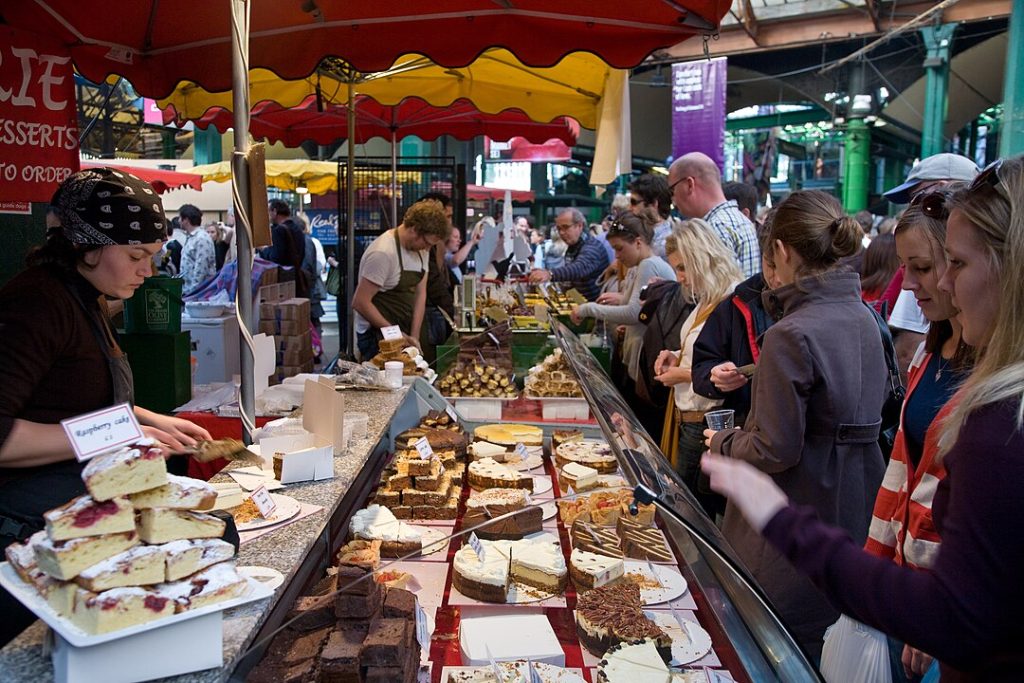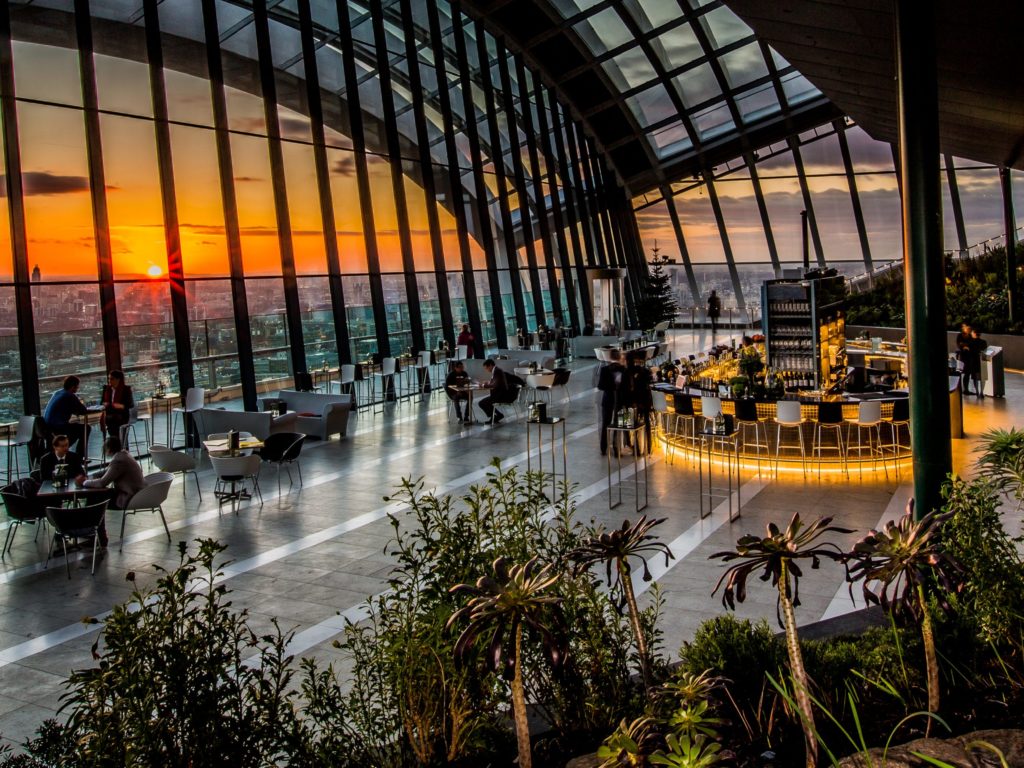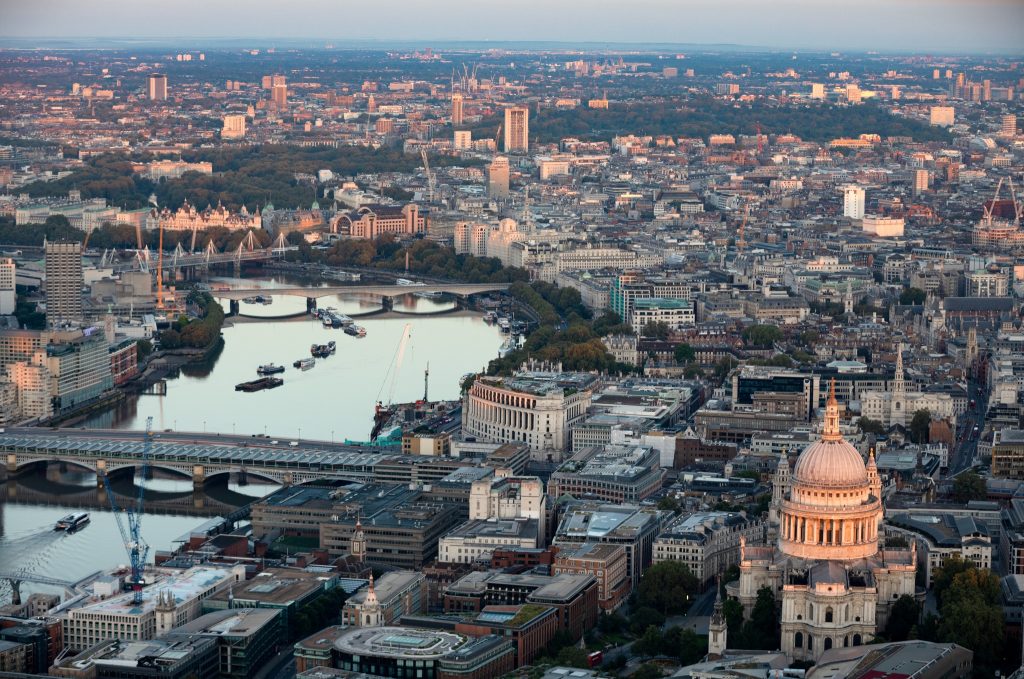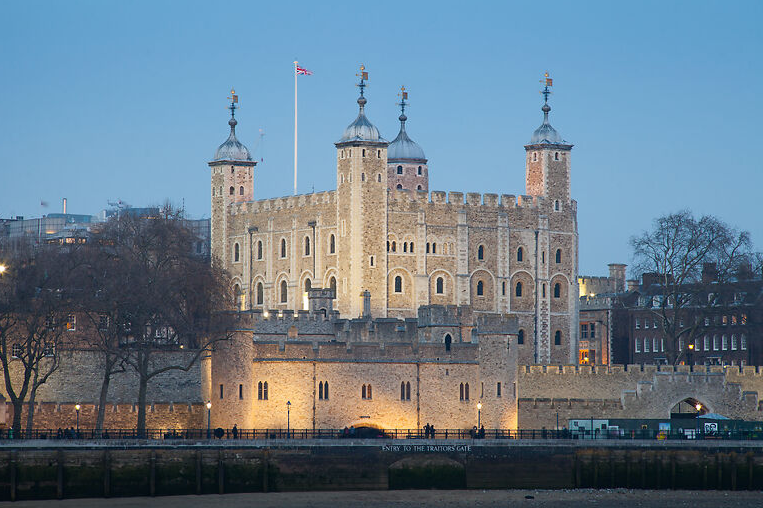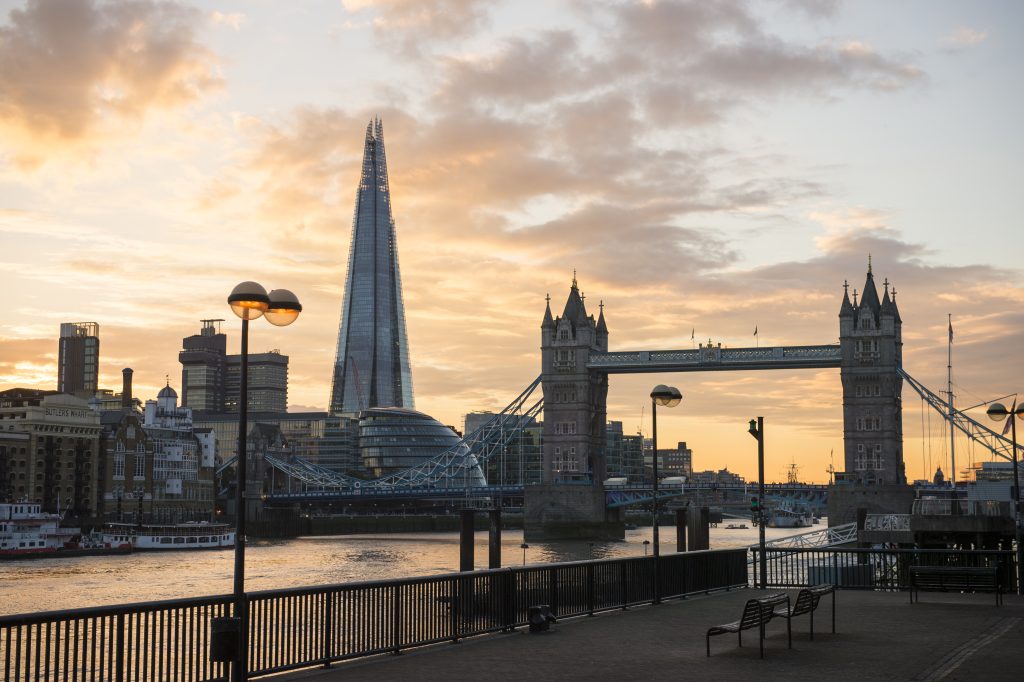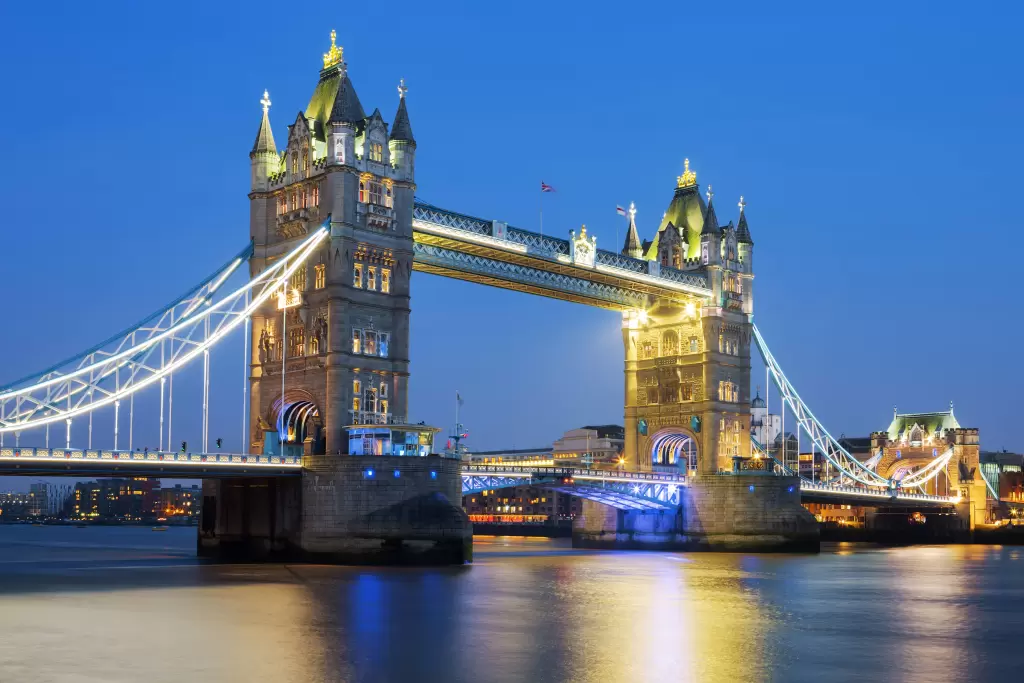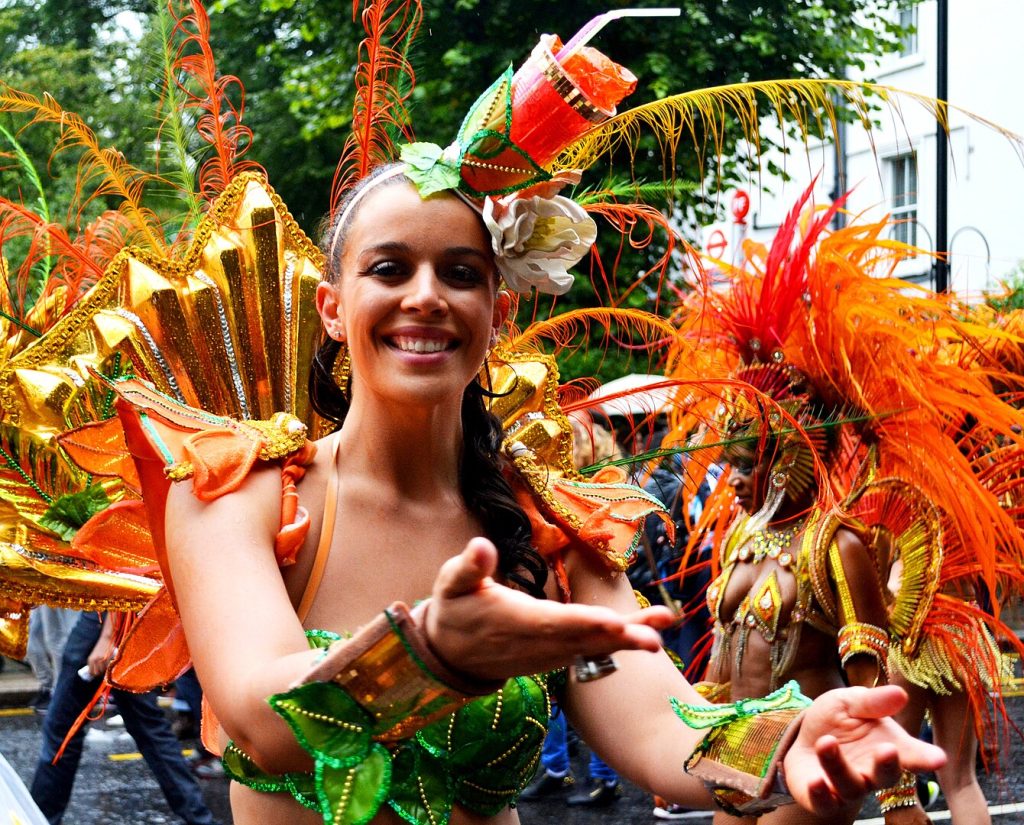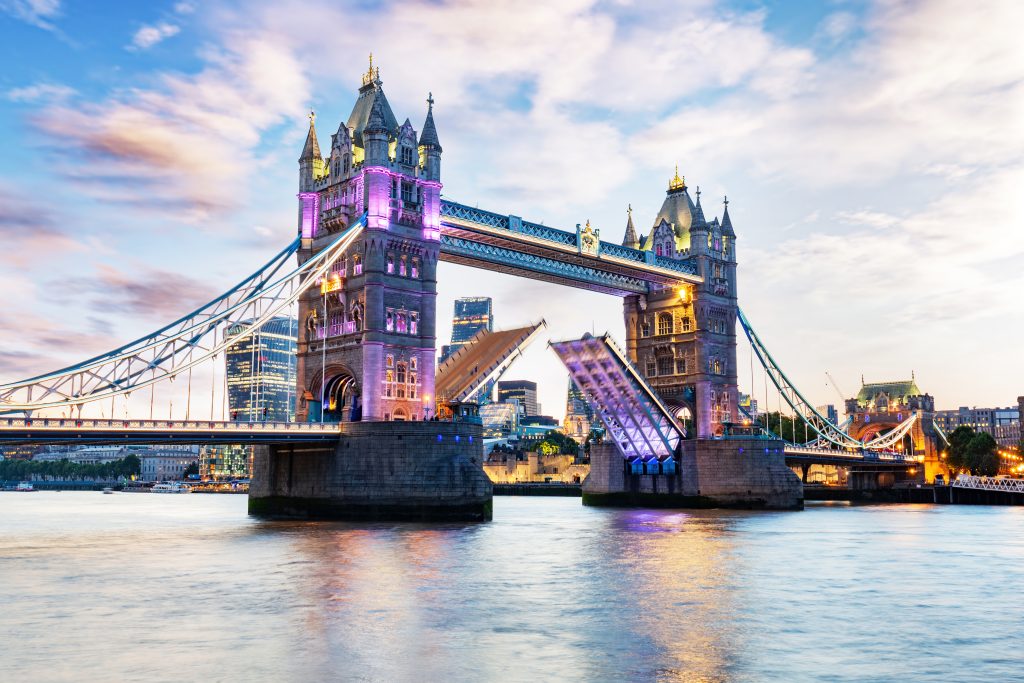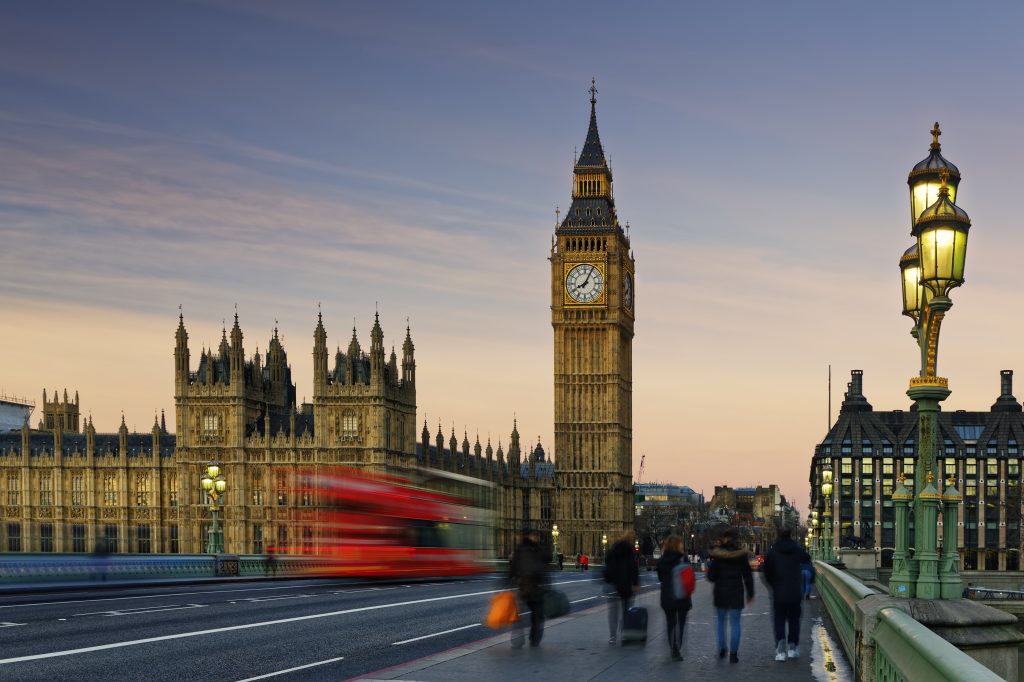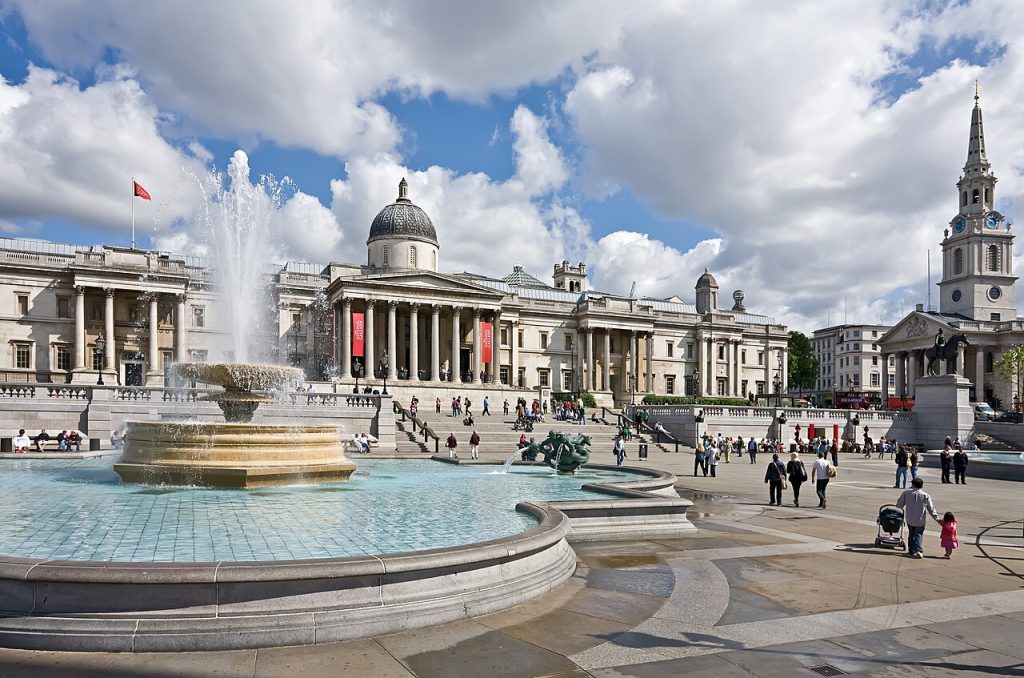- 1️⃣ Introduction - Shakespeare's theater on the Thames
- 2️⃣ The birth of the Globe Theatre and the Elizabethan era
- 3️⃣ Shakespeare and his major works on the Globe stage
- 4️⃣ Collapse and destruction of the original theater
- 5️⃣ Reconstruction - Sam Wanamaker's vision and reconstruction
- 6️⃣ Architecture and atmosphere of the modern Globe
1️⃣ Introduction - Shakespeare's theater on the Thames
👉 Top 10 Shakespeare plays performed in London
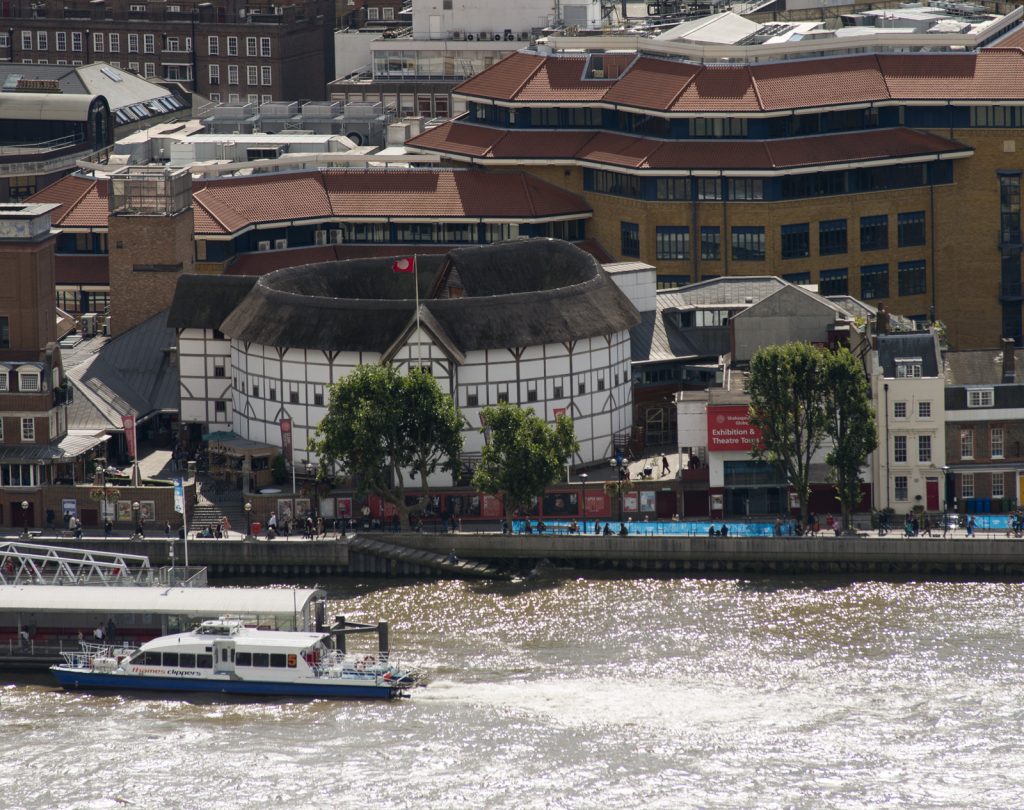
On the south bank of the River Thames, in the heart of London, stands a place where history meets art - a place where history meets art. Globe Theatre. This is no ordinary theater, but a living memorial to William Shakespeare, a playwright whose works still capture the imagination of people around the world.
Entering its courtyard is like traveling back in time: Modern London collides here with the atmosphere of the Elizabethan era, and each performance becomes an experience almost the same as it was four centuries ago. The Globe is a symbol not only of the past, but also of the present - a place where Shakespeare's spirit still speaks and the play is still alive.
2️⃣ The birth of the Globe Theatre and the Elizabethan era
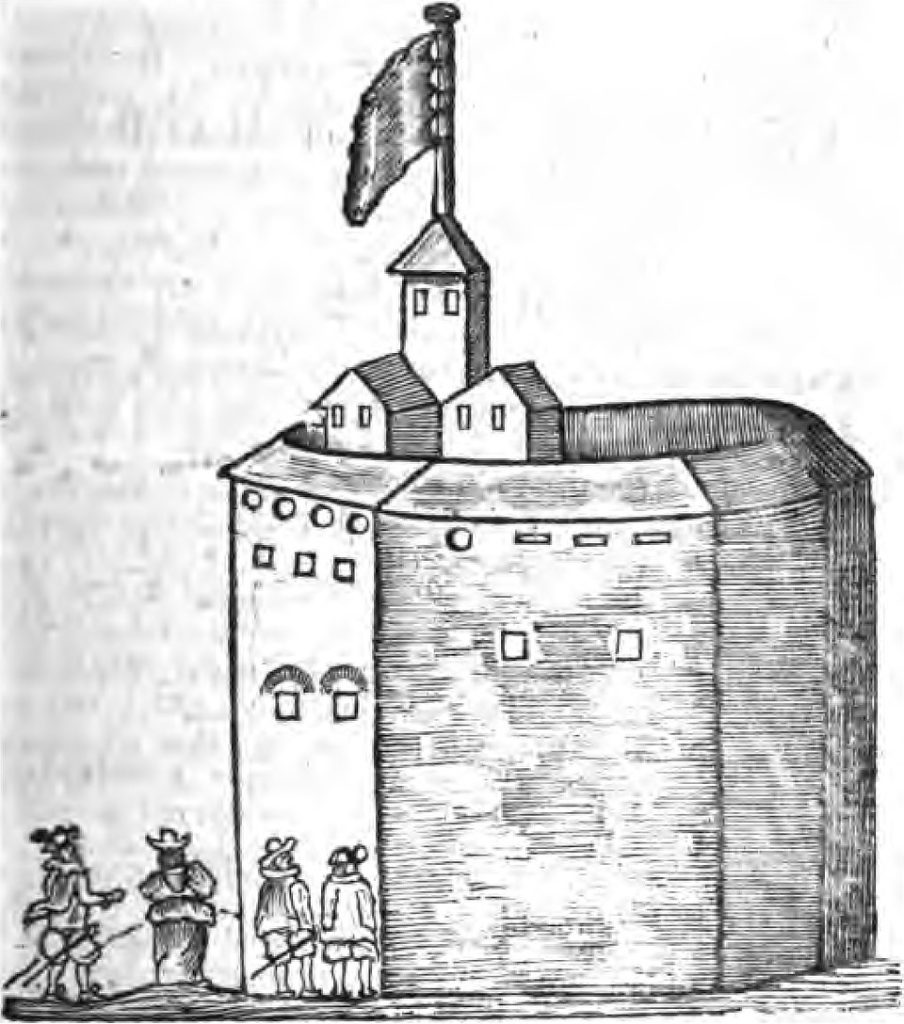
At the end of the 16th century, London was a city full of life, commerce and bustle. It was then, in 1599, that the south bank of the Thames was built Globe Theatre - A place that was to change the history of the theater. An acting troupe was responsible for the construction Lord Chamberlain's Men, to which he belonged William Shakespeare. It was through their ambition and vision that the stage was born, which quickly became the heart of Elizabethan English culture.
Globe stood out for its form: circular wooden structure with its open courtyard and galleries, where rich merchants, aristocrats and ordinary Londoners gathered side by side. All together, without divisions, they experienced stories full of passion, betrayals and triumphs. The theater became not only a place for entertainment, but also for a space where different worlds meet, in which Shakespeare was able to create his most timeless works.
3️⃣ Shakespeare and his major works on the Globe stage
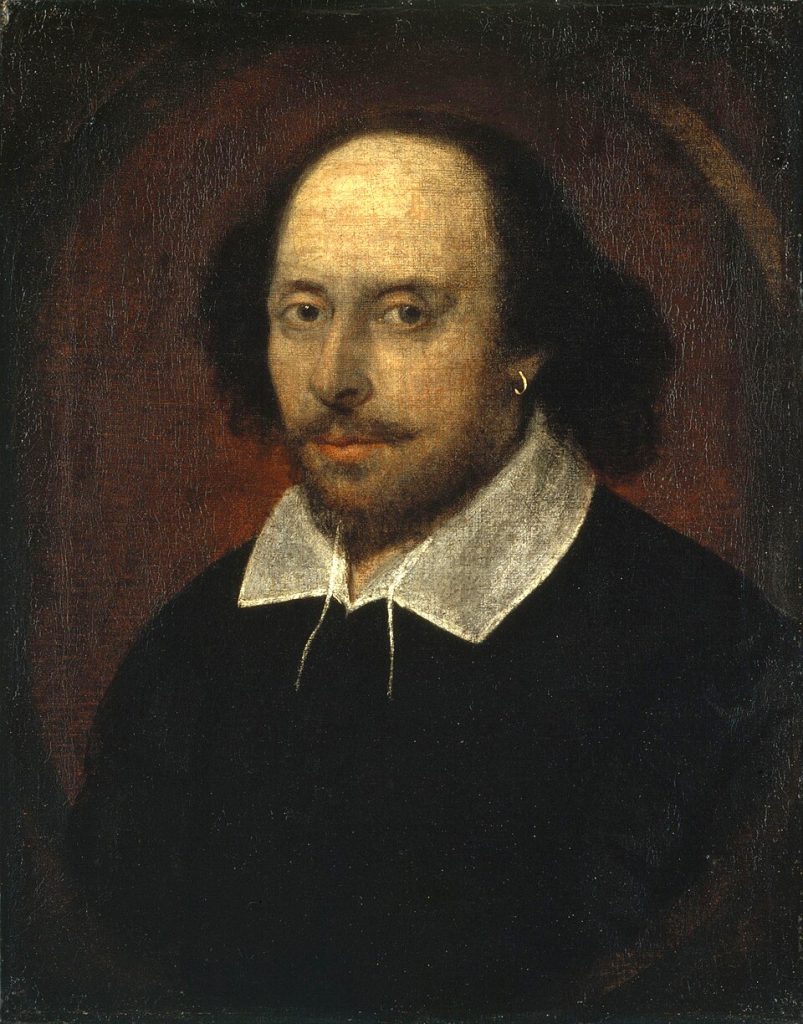
It was on the boards of the Globe that for the first time characters came to life who are forever part of literary history. "Hamlet" with the dramatic question "To be or not to be.", gloomy "Macbeth", full of passion "Romeo and Juliet" whether magical "Storm" - All of these plays premiered in the theater, which became the natural setting for Shakespeare's work.
Globe audiences reacted vigorously: they laughed at the brilliant comedies, trembled during the murder scenes and wept over the fate of the tragic characters. Shakespeare wrote his dramas specifically for this stage space, taking advantage of the open sky, multi-level balconies and close contact with the audience. This made each performance an intense and emotional experience - one that would be remembered for a lifetime.
4️⃣ Collapse and destruction of the original theater
🎸 Looking for a place with atmosphere and live music?
👉 TOP 15 pubs and bars with live music in London
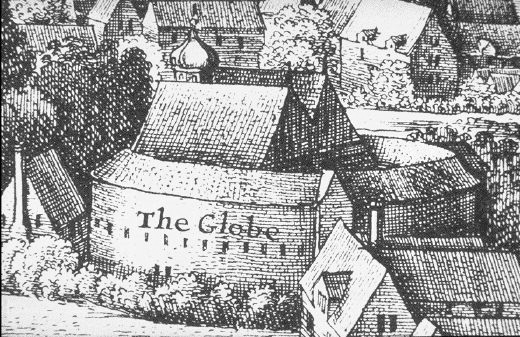
The Globe's history has not been free of drama. In 1613, during a production of "Henry VIII, A spark from an incendiary cannon salvo started a fire that consumed the entire wooden structure in a few minutes. Although the theater was quickly rebuilt, it was no longer the same symbol of power as before.
In the middle of the 17th century came another blow - the Puritan authorities banned theaters, considering them a source of mischief. The Globe was closed and finally demolished in 1644. Residential buildings stood in its place, and the memory of the stage where Shakespeare performed began to slowly fade. For more than three centuries, the theater existed only in legends and in the works that came from the pen of England's greatest playwright.
5️⃣ Reconstruction - Sam Wanamaker's vision and reconstruction
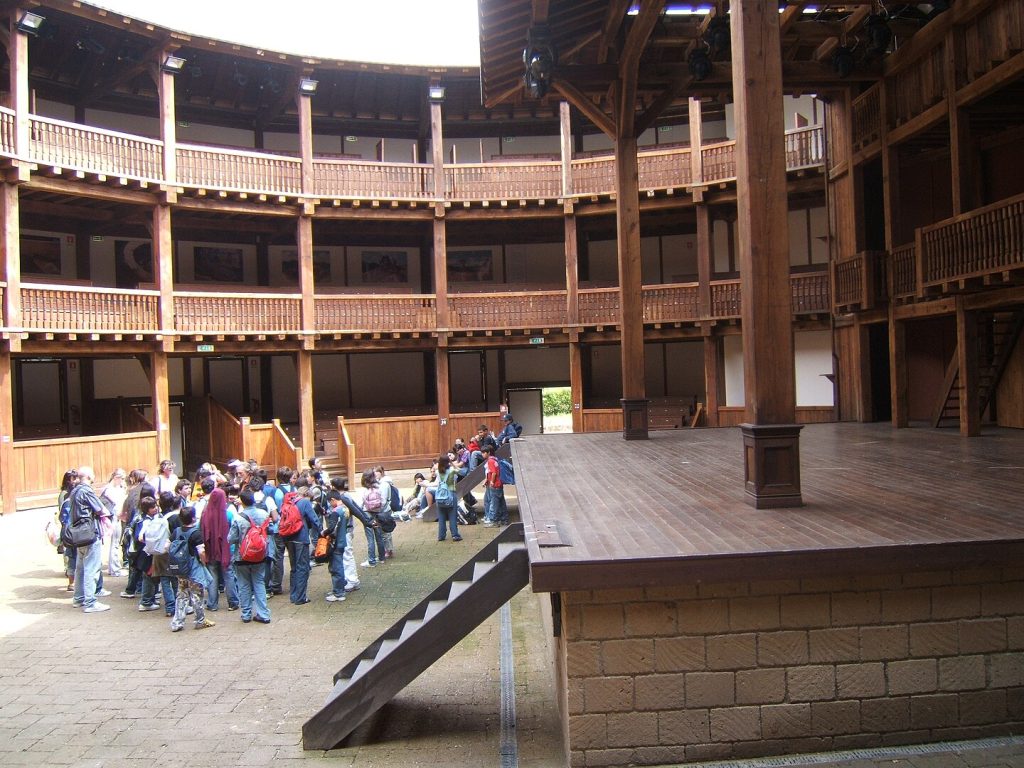
Although for centuries the Globe remained only a memory, the 20th century found a man who decided to bring it back to life. He was Sam Wanamaker, an American actor and director, fascinated by the works of Shakespeare. When he visited London in the 1940s, he discovered to his disbelief that no trace remained of the famous theater. This experience became the beginning of his great mission - to rebuilding Globe.
It took decades to realize the dream. Wanamaker devoted his life to raising funds, gathering historical sources and convincing authorities that reconstruction made sense. Thanks to his determination, in 1997 a new Shakespeare's Globe, faithfully recreated based on ancient engravings, archaeological research and descriptions. Although Wanamaker himself did not live to see the day, his vision became a reality - London once again gained a theater where one can feel the spirit of the Elizabethan era.
6️⃣ Architecture and atmosphere of the modern Globe
📍 Only have two days?
👉 How to visit London in 2 days - Intensive, convenient and without skipping icons
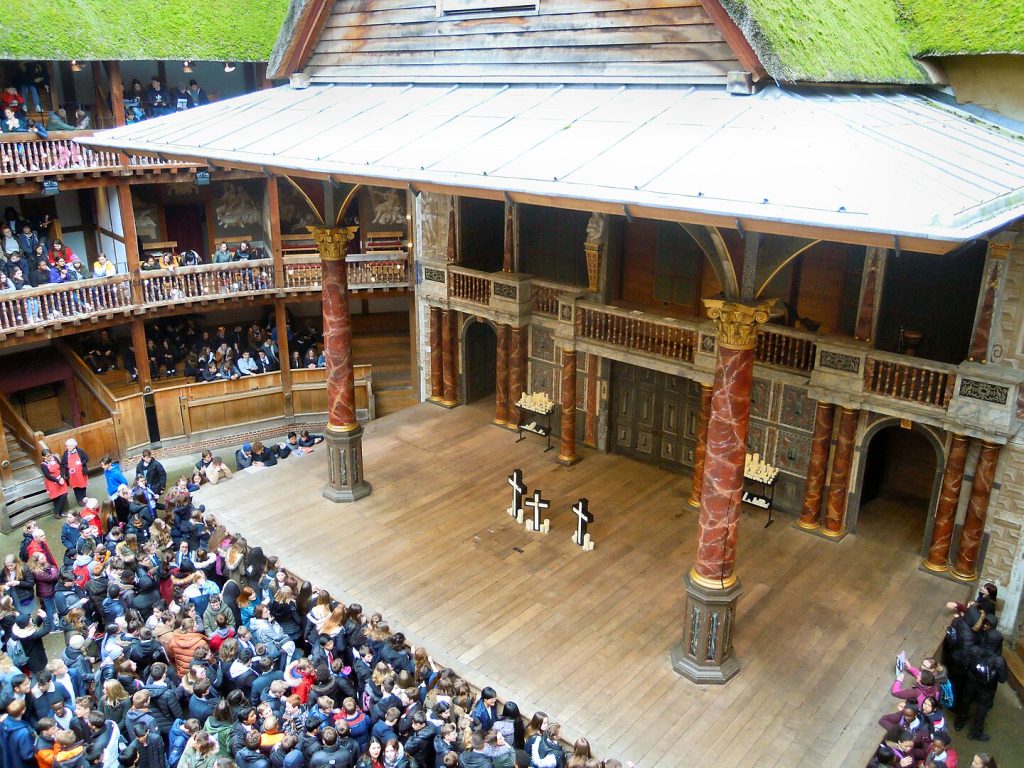
The New Globe is more than just a reconstruction - it's a the bridge between the past and the present. Built of wood, thatched and open to the sky, it recreates with remarkable accuracy the appearance of a theater from four hundred years ago. Every detail, from the wooden galleries to the circular courtyard, was designed to make the audience feel like an audience of the Elizabethan era.
Most impressive, however, is the proximity of actors and spectators. The audience standing in the central courtyard - the so-called groundlings - are literally at arm's length from the stage. With no artificial lighting or modern scenery, the performances rely on the power of words and emotions of actors, just like in Shakespeare's time. The atmosphere is unmistakable - the feeling that you are participating in something authentic, takes the viewer straight back to the 16th century.
7️⃣ Globe today - performances, education and significance in world culture
🎭 A musical evening in the West End?
👉 Top 7 most popular musicals in London - the magic of the stage awaits!
The modern Globe is not just a stage, but a living center of culture and education. Every year Shakespeare's plays are staged here in forms faithful to the original, but also in modern interpretations that attract audiences from all over the world. The repertoire ranges from classic tragedies to comedies to contemporary dramas inspired by the works of the Stratford master.
The theater also conducts extensive educational activities. Workshops, lectures and programs for young people allow successive generations to discover the beauty of literature and the performing arts. The Globe has become a place for dialogue of cultures, a symbol of openness and a reminder that works from four hundred years ago can still move contemporaries. Today, it is one of the most important theatrical venues in London -. world monument to Shakespeare, which not only saves the memory, but also gives it new life.
8️⃣ Summary - Shakespeare's legacy in the 21st century
The story of the Globe Theatre is the story of passion, art and the power of dreams. From its birth in the Elizabethan era, through tragic fires and oblivion, to its triumphant revival in the 20th century, the theater has become a symbol not only of London, but of the entire world culture.
Today the Globe is a living testament to Shakespeare's genius, a place where words from four hundred years ago still sound fresh and current. It is a meeting space - audiences, artists, students and travelers - all of whom are united by curiosity and a desire to interact with real art. Looking at the Globe on the Thames, one gets the sense that Shakespeare still speaks to us, reminding us that theater is a mirror of human life - timeless and immortal.
🕯️ Did you know that the first figures Madame Tussauds originated during French Revolution? 🤯 In our video you will discover 10 fascinating facts About this famous museum in London!
🎥 Perfect for any tourist - before you enter, learn its secrets!
🎨 Think London must be expensive? Not at all! Watch our video and find out 8 world-class museums, Which you can visit completely free of charge!
🏛️ From dinosaurs to artwork Van Gogh - Discover London's cultural treasures without spending a pound!

